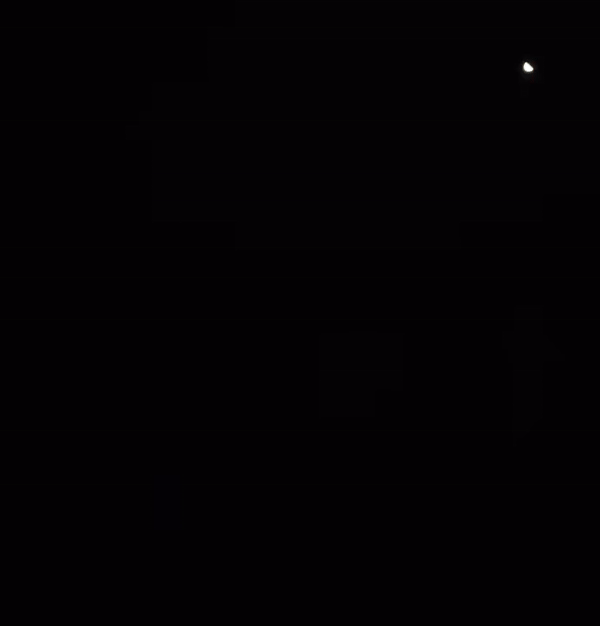A meteoroid lit up the sky above the English Channel early Monday morning February as it streaked through the atmosphere, and because it had been detected just a few hours beforehand – with expert precision on where it could be seen — skywatchers were able to capture the event.
Astronomer Krisztián Sárneczky found the 1-meter (3 ft) asteroid just half a day before it came through Earth’s atmosphere. Sárneczky used 60-cm Schmidt telescope at the Piszkéstet? Observatory in Hungary, and originally named it Sar2667. After multiple observations, the object was re-designated as 2023 CX1 and was predicted with 100% certainty to hit Earth in the skies above the English Channel. Astronomers continued to track the object, then it blazed through the atmosphere over Europe right on schedule.
This is the seventh time astronomers have found a small asteroid heading directly towards Earth just days or hours before impact. 2023 CX1 is the second impactor discovered by Krisztián, who spotted a space rock named 2022 EB5 less than a year ago.
ESA reported that the last three predicted impacts have all occurred in the last 12 months, which they see as an encouraging sign of how asteroid detection capabilities are rapidly advancing.
Related: What’s the Difference Between a Comet, Asteroid and a Meteor?
“Asteroids pass close to Earth quite a few times a year but typically involve objects of just a few meters in size which would burn up in the Earth’s atmosphere if they hit us, posing no threat,” said Dr. Gareth Dorrian, Research Fellow in Space Science from the University of Birmingham in the UK, in an email statement. “The recent uptick in near-Earth object reports is likely an example of observer bias, which is to say that as our detection technology has improved, we are detecting more such near-Earth objects when they pass close by, rather than any significant natural uptick in the actual number of them passing through our planetary neighborhood.”
Here was how events unfolded: At 20:18:07 UTC on February 12, 2023, the new asteroid was imaged by the Piszkéstet? Observatory. Once a second observation was taken, it was reported to the Minor Planet Center at 20:49 UTC.
About 40 minutes later, follow-up observations reported by the Višnjan Observatory in Croatia confirmed the object. At this point various impact assessment systems the coordinate from around the world calculated a 100% impact probability, expected above the English Channel between 02:00 – 04:00 UTC. The asteroid was estimated to be around one meter in diameter and posed no threat to people or property.
Over the next seven hours, amateur and professional astronomers alerted each other through both official channels and through social media. Meanwhile, observations continued to be made so that the object’s ‘impact corridor’ could be pinpointed over the English Channel with a trajectory going from west to east. The object continued to be observed until just ten minutes before impact, only five minutes before it fell into Earth’s shadow becoming ‘invisible’.
Right on time, a beautiful fireball lit up the skies within the expected time window (at 02:59 UTC) and location.
Gijs De Reijke from the Netherlands said he went out to see it and the skies cleared just in time to capture this gorgeous image:
This observer from the UK only heard about the event 15 minutes before impact, and managed to capture this video:
While it is unnerving to have these space rocks found only hours before impact, it does appear the predictions are getting better. We have more eyes on the sky to find and track these objects. It’s very likely that one day an imminent impactor will be found that is much larger; one that could be a real threat to Earth. NASA’s DART mission has shown asteroid-redirection is possible, but our only hope is that we can find any Earth-bound large asteroids at least a decade ahead of time to make a difference.
Learn more about NASA’s Planetary Defense here, and ESA’s here.

